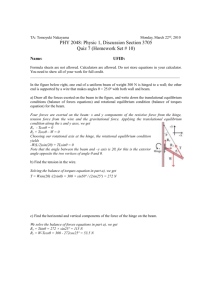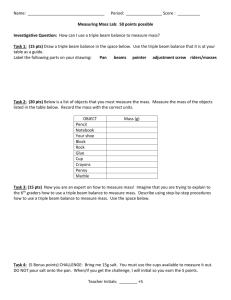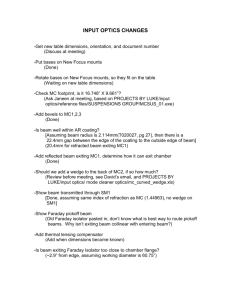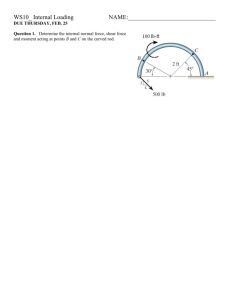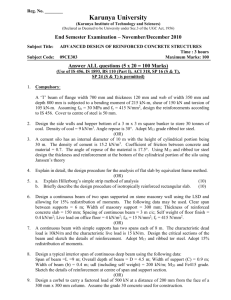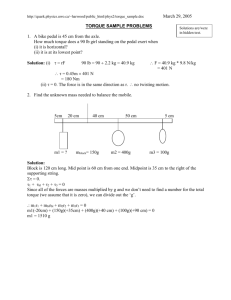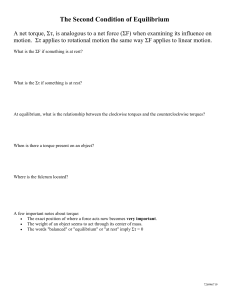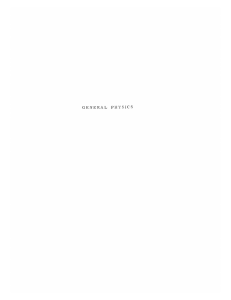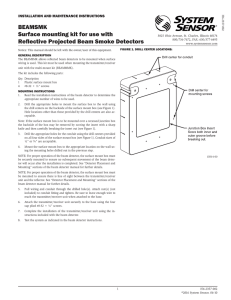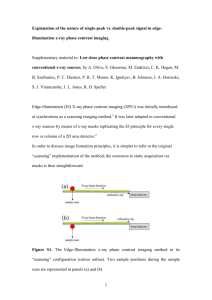Neutrino detector R&D test beam requirements
advertisement
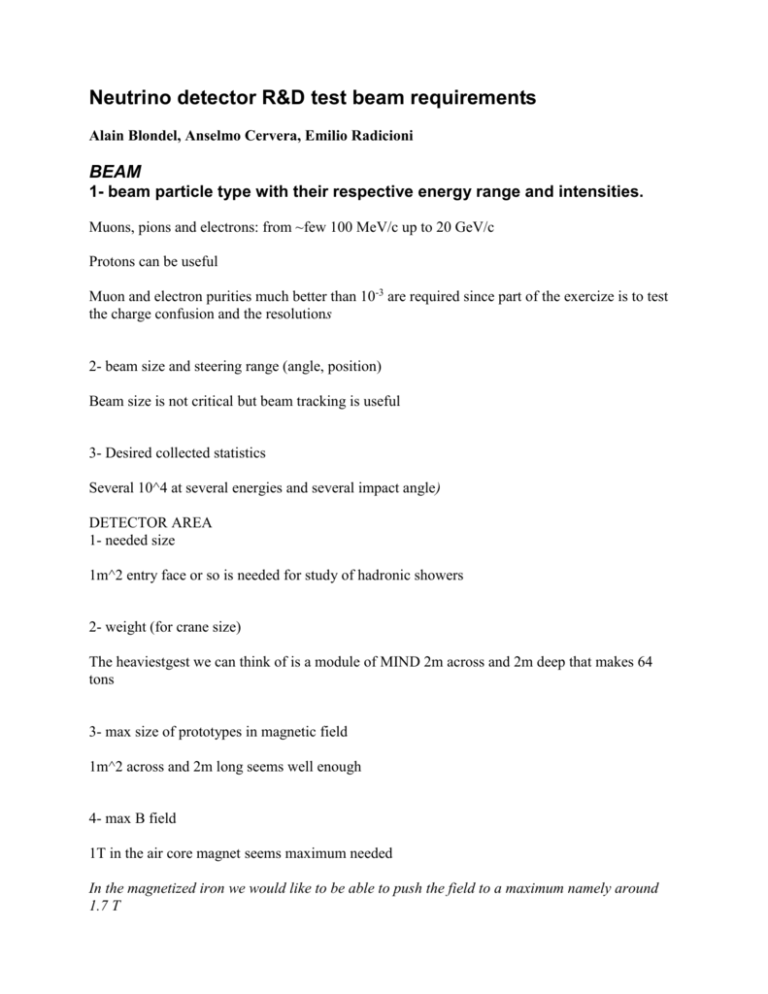
Neutrino detector R&D test beam requirements Alain Blondel, Anselmo Cervera, Emilio Radicioni BEAM 1- beam particle type with their respective energy range and intensities. Muons, pions and electrons: from ~few 100 MeV/c up to 20 GeV/c Protons can be useful Muon and electron purities much better than 10-3 are required since part of the exercize is to test the charge confusion and the resolutions 2- beam size and steering range (angle, position) Beam size is not critical but beam tracking is useful 3- Desired collected statistics Several 10^4 at several energies and several impact angle) DETECTOR AREA 1- needed size 1m^2 entry face or so is needed for study of hadronic showers 2- weight (for crane size) The heaviestgest we can think of is a module of MIND 2m across and 2m deep that makes 64 tons 3- max size of prototypes in magnetic field 1m^2 across and 2m long seems well enough 4- max B field 1T in the air core magnet seems maximum needed In the magnetized iron we would like to be able to push the field to a maximum namely around 1.7 T 6- need moving/rotating platforms ? Rotation would be interesting for the understanding of the hadron shower angular resolution, which is an important parameter. Also important for all other quantities (muon momentum and charge, hadron energy resolution, pattern recognition ,etc) as a function of angle. 7- time likely needed to move/install/deinstall/remove the prototype from the experimental area Couple weeks 8- kind of triggers (beam, cosmics, ...) and area/size to be covered by trigger devices Beam 9- required precision of alignements and geometrical measurements Not critical as I can see 1 mm should be good enough for the ‘calorimetric devices’. When studying combined devices, in particular emulsion based devices, better survey will be necessary ELECTRONICS/COUNTING ROOM/SUPPORT BARRACKS 1- Kind of information to be read out (charge, timining, ...) Charge, timing, pulse shape are typical information to be recorded. TDCs for the beam PID by TOF 2- Likely number of readout channels Around 5000 for a 1x1x2 detector, thus about 10000 channels (maximum) 4- Needs for environmental monitoring and detector control (temperatures, voltages, currents, humidity, gas contamination, ...) yes 5- small workshop for quick electronics and mechanics fixes and modifications? Yes INFRASTRUCTURES 1- which gasses and gas mixtures? (cryo and normal temp) Gas system for MPGDs and infrastructure for liquid Argon detectors 2- Typical high-voltage and low-voltage values High voltage is that of phototubes (2000V), MPGDs (up to 700 V or so) or 150 V for siPMs Other remarks: In the case of MIND/TASD/ECC we want to have the possibility of changing the longitudinal segmentation and the nature of the detection layers by removing/inserting iron, scintillator and ECC planes (as in the Minerva prototype).










